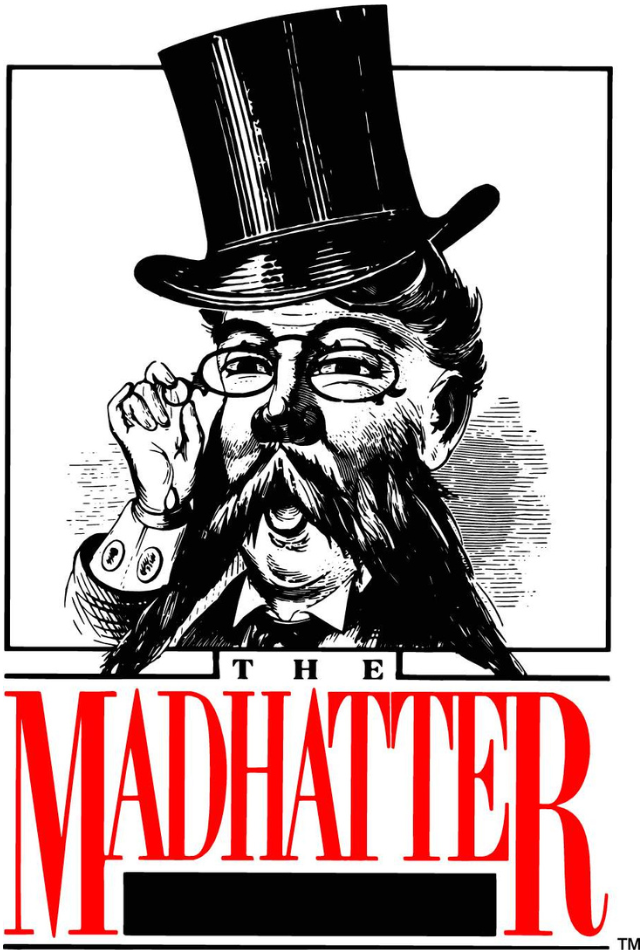Hats have been an integral part of human culture for centuries. What began as a simple necessity to protect against the elements has evolved into a powerful symbol of status, style, and identity. From the ancient civilizations of Egypt and Greece to modern-day fashion runways, hats have played a significant role in both function and fashion.
In this article, we’ll take a journey through the fascinating history of hats—exploring their practical origins, cultural significance, and how they became iconic statements of personal and corporate identity.
The earliest known hats were born out of necessity. In prehistoric times, humans fashioned simple head coverings from animal skins, leaves, and other natural materials to protect themselves from harsh weather.
One of the earliest recorded hats is the “pilleus” worn in ancient Greece and Rome. This soft, brimless cap was made from felt and symbolized freedom for former slaves. Meanwhile, in ancient Egypt, nobles wore elaborate headdresses both as a symbol of power and to protect their heads from the sun’s intense rays.
Throughout these ancient cultures, headwear served dual purposes—offering practical protection while signifying social standing. Those in power wore more elaborate and decorative headgear, while the working class relied on simpler designs for function.
During the medieval period, hats became more refined and began to symbolize social and economic status. Peasants wore basic wool or straw hats for warmth and protection, while the upper classes adorned themselves with elaborate hats made of finer materials.
By the 14th century, laws known as “sumptuary laws” regulated what types of hats different classes could wear. These laws reinforced social hierarchies and distinguished the elite from the working class. For example, wealthy merchants and nobility wore extravagant hats made of velvet, silk, and fur, while commoners were restricted to plain, functional headgear.
This era also saw the emergence of distinctive hat styles such as the hooded chaperon and the hennin—a tall, cone-shaped hat worn by noblewomen in France and Burgundy.
The Renaissance era (14th–17th centuries) ushered in a period of cultural and artistic revival, and fashion became a powerful expression of individuality. Hats became larger, more ornate, and increasingly personalized. Feathered hats, wide-brimmed designs, and bejeweled headpieces became popular among the aristocracy.
In England, the Tudor bonnet became a fashionable accessory among both men and women, while the Spanish introduced the “sombrero cordobés” – a wide-brimmed hat that offered both style and sun protection.
During the Baroque period, hats were not only a status symbol but also an essential part of etiquette. Men wore tricorne hats (with three points), which became synonymous with European military and aristocratic fashion.
The 18th and 19th centuries marked a golden age for hat-making, with milliners (hat makers) rising to prominence. Hat styles became more diverse, catering to different tastes, professions, and social groups.
In the 18th century, women’s hats grew larger and more elaborate. The “cartwheel hat” and “Gainsborough hat,” often adorned with feathers, ribbons, and lace, became symbols of high fashion. For men, the bicorne hat (with two points) became popular among military officers and statesmen.
The 19th century introduced some of the most iconic hat designs still recognized today:
Top Hats – First appearing in the late 18th century, top hats became a symbol of sophistication and authority, worn by gentlemen and businessmen.
- Bowler Hats – Introduced in the mid-1800s in England, the bowler hat became a practical and durable choice for the working class and eventually gained popularity among the middle class.
- Bonnet Hats – Women’s bonnets evolved from simple designs to highly decorated styles featuring flowers, lace, and silk ribbons.
Industrialization during this time allowed for mass production, making stylish hats more accessible to a wider population.
The 20th century saw hats evolve from a mandatory part of everyday dress to a more optional but powerful fashion accessory. Hat styles reflected the cultural and social changes of each decade.
- 1920s – Cloche Hats: This fitted, bell-shaped hat became the symbol of the modern, independent woman during the flapper era.
- 1930s and 1940s – Fedoras and Pillbox Hats: Men embraced the sleek fedora for a sophisticated look, while women favored the elegant pillbox hat—a style made iconic by Jacqueline Kennedy.
- 1950s and 1960s – Casual Styles Rise: While formal hats remained popular for special occasions, casual headwear became more common with the rise of baseball caps and sun hats.
- 1970s and 1980s – Subcultural Expressions: Hats became associated with subcultures—wide-brimmed fedoras in disco, bucket hats in hip-hop culture, and trucker caps in casual wear.
By the late 20th century, wearing hats was less about social status and more about personal expression and practicality.
In the 21st century, hats have found a new role as a versatile branding tool. Businesses across industries use custom headwear to promote their brand and create a sense of unity among employees.
Custom hats offer practical value while serving as a walking advertisement. Whether it’s a branded baseball cap for a corporate event or a custom visor for hospitality staff, hats are a powerful and cost-effective marketing tool.
Modern customization techniques—such as embroidery, screen printing, and sublimation—allow businesses to create headwear that reflects their unique identity. From employee uniforms to promotional giveaways, branded hats reinforce professionalism and increase brand visibility.
Hats have evolved from simple protective coverings to timeless fashion accessories and effective branding solutions. Their versatility, practicality, and ability to convey identity make them an essential part of both personal style and corporate strategy.
At MAD Hatter, we continue the tradition of high-quality hat manufacturing, combining craftsmanship with modern customization options. Whether you need custom caps for a corporate event or unique designs for your team, we provide premium solutions tailored to your needs.
Are you ready to make a statement with custom headwear? Whether you’re looking for promotional hats, employee uniforms, or specialty designs, MAD Hatter delivers quality craftsmanship and personalized service.


